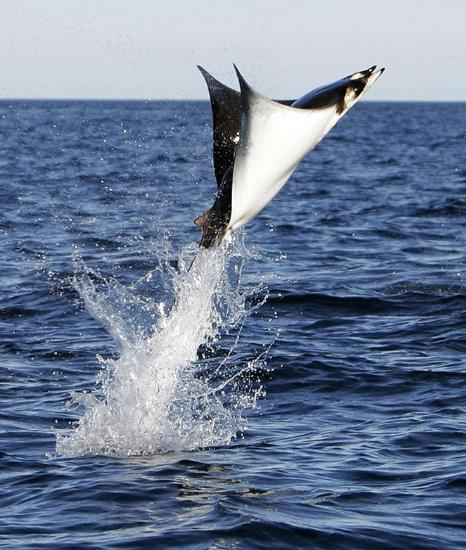
This afternoon, students and medical residents from around the country met at the base of the Sandia Mountains in Albuquerque, NM to initiate the 9th consecutive UNM Wilderness Medicine elective.
The first part of the course teaches wilderness life support, the general approach to wilderness scenarios, and environmental emergencies. The UNM School of Medicine has provided the BATCAVE (basic advanced trauma computer-assisted virtual experience), a computerized human patient simulator, to teach wilderness ACLS and BLS principles. Skills and breakout areas are dedicated to basic and advanced airway techniques using mannequins. Students learn how to use bag valve masks, oral and nasal airways, multilumen airways, laryngeal mask airways, as well as endotracheal intubation and surgical cricothyrotomies. Other sessions are devoted to intravenous and alternative access for fluid resuscitation. Wilderness resuscitation scenarios with computerized mannequins allow students to practice their response to emergencies and understand when to terminate efforts.
Improvisational techniques are emphasized during this first week to provide a framework for subsequent scenario-based training. An entire day is spent at a local ski lodge, where 4 instructors teach students outdoor medical skills. In addition, we cover airway and breathing management, hemodynamic stabilization, splinting, and patient transport scenarios. A hypothermia laboratory session is performed in which 3 volunteers are cooled outside and are promptly rewarmed.
The first weekend of the course is devoted to wilderness survival and land navigation, which evolved from a 4-hour classroom gathering to a 2-day field trip in the New Mexican high desert. Shelter, matchless fires (flint and steel, bow and drill, and several other methods), water procurement, filtration, food, and weather prediction are covered during the first day's session. Three instructors teach 3 groups of 6 to 7 students in 3 stations covering the above topics. The second day consists of training on the use of a map and compass. Students learn a primitive means of route finding, and ways in which to measure distance and time. The course continues with a nighttime land navigation course, using a compass or the stars as a directional indicator. This field trip is consistently rated as one of the most valuable in the course; students feel more confident in dealing with a survival situation, both physically and psychologically.
Half- and full-day field trips near Albuquerque are educational as well as recreational. These trips are introductions to various types of activities, which also allow instructors to evaluate group strengths and weaknesses. A half-day mountain biking trip incorporates approximately 10 mini-lectures with patient scenarios during rest stops. A day of rock climbing instruction is usually performed nearby, where the basics of climbing, rappelling, anchors, knots, technique, and safety are practiced. Although New Mexico lacks an ocean, the excellent Albuquerque Biopark Aquarium is available as a classroom. Diving emergencies, marine envenomations, and marine biology are very popular subjects taught there. Professional divers (who staff the aquarium) demonstrate scuba diving equipment, mock dysbarisms, and marine envenomations. Land envenomations are taught by staff of the New Mexico Poison Control Center. A backcountry yurt near the Taos Ski Valley is our venue for a ski clinic and avalanche awareness course. Snow camping in Taos gives students opportunities to build snow shelters and experience high-altitude at nearly 12,000 feet.
The last module of the course is a 5 day trip to the Cedar Mesa primitive area of southeastern Utah. This remote canyon country provides a spectacular backdrop for lectures on dehydration, lightning injury, flash flood danger, medicinal plants, and land navigation. An hour each day is devoted to wilderness medicine scenarios in rugged sandstone terrain. These lessons demonstrate the difficulty of initiating a rescue effort and transporting patients in the backcountry.
The survival and land navigation training (as well as the medical and leadership aspects of wilderness medicine taught during the month) culminates during the day-long timed exercise called the Eco-Resus Challenge. Students are randomized into groups with an equivalent distribution of ability, gender, and physical conditioning. Each participant is given a general orientation to this grueling event, which takes place in a rugged area outside Albuquerque. All backpacks are examined for items that are deemed contraband (eg. GPS units, radios). Students are staggered into groups that are evenly matched in terms of physical and navigational abilities. These teams must navigate their way to a patient care station and stop to treat and/or transport that patient. Students are given a topographic map for navigation and are expected to use skills obtained during the course to find patients. Groups must navigate their way through the desert into a mountainous woodland. Tasks must be completed at patient care stations that must be completed before continuing to the next objective. Each group must fill out log sheets describing patient encounters in standard format. Simulated patients are to be treated in an appropriate manner for the existing conditions. "Victims" often will require evacuation to the next station. During the course, participants are expected to use a signal device to communicate to an incident commander. Each group is accompanied by an instructor familiar with the course who does not offer assistance, unless necessary for safety.
Students and faculty will finish this course on March 22, 2008 after the Eco-Resus challenge. The most effective rescue teams will be celebrated during a debriefing of the event. Students are encouraged to keep a journal of their experiences during the 4 week elective. Previous participants have contributed original artwork, song, poetry, videos, photo-journals, and even, yes, blogs to the UNM Wilderness Medicine historical record.
Exerpts from the best creative journals will be posted at this site, along with new videos, podcasts, and photography.
The UNM Wilderness Medicine Website is here:
UNM WildernessFor further reading:
Wilderness and Environmental MedicineJoe Alcock MD

































